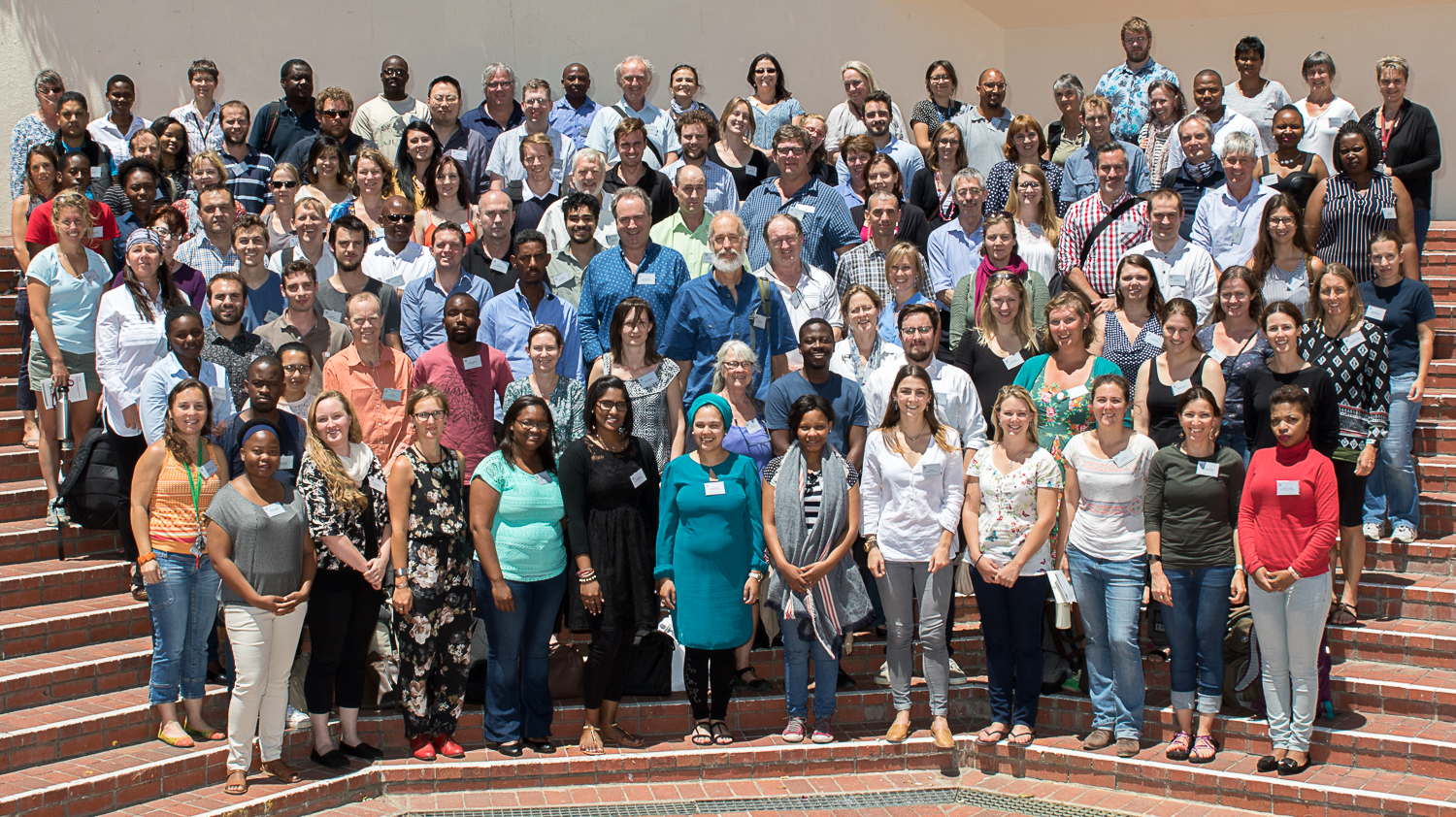Well done Corey!
Corey Thorp's presentation at the CIB-ARM wins him a prize for the best runner-up in the MSc presentation.
Marike Louw wins the prize for the best MSc presentation at the Centre for Invasion Biology Annual Research Meeting (CIB-ARM). Marike presented her preliminary results after a long season of walking the mountains of the Cape peninsula and recording the emdemic moss frog using aSCR. Her prize is to attend an international meeting in 2017.
Well done Marike! With Gio getting the best PhD presentation in 2015, the lab is full of the best!
Once again the CIB put together an awesome ARM with fantastic plenary speakers: Marc Cadotte, Scott Carroll, and Laura Celesti-Grapow.

Has the CIB grown since last year?
Participants at the urban invasions workshop relax after a gruelling two days of meeting and talking about urban invasions.
We will look back on the memories of this workshop when we read the special issue to be compiled for Biological Invasions (now available here).
To see our own frogg contribution you can follow the blog here. Or read the paper here.
Many thanks to Mirijam Gaertner an colleagues at the CIB for making the meeting possible.
